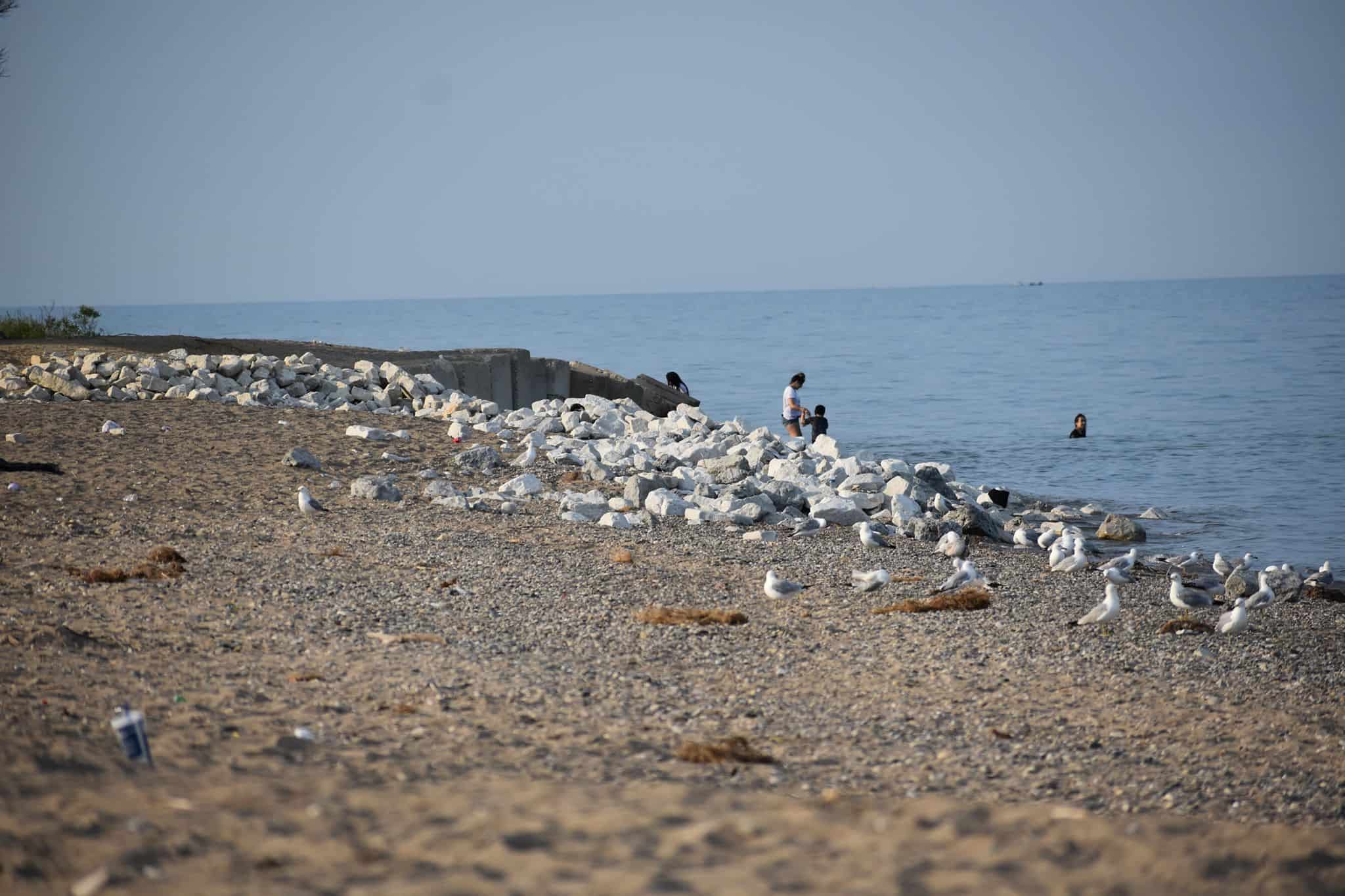Russian President Vladimir Putin and North Korean leader Kim Jong Un signed a mutual defense pact this week, pledging to provide “immediate military assistance” to the other in the event of an attack. The treaty formalizes an agreement that has grown stronger since Putin’s invasion of Ukraine: munitions-hungry Moscow and cash-strapped Pyongyang, both under heavy international sanctions, are more than happy to do business.
How North Korea is supplying weapons to Russia for the war in Ukraine

Two days before the meeting, the US State Department estimated that North Korea had delivered more than 11,000 containers of ammunition to Russia since September.
A new analysis of internal Russian trade data sheds light on how shipments of suspected North Korean munitions were distributed through Russia.
The data, collected by global security organization C4ADS and provided to The Washington Post, covers shipments from August to January. They show that more than 74,000 tons of explosives were distributed from two ports in Russia’s Far East to 16 locations mainly along the country’s western border near Ukraine. That weight is equivalent to about 1.6 million artillery shells of the type Russia used in the war.
According to C4ADS, the locations where the goods arrived indicated that they were munitions, although the documents described them as explosives.
The data does not provide information on the origin of the shipments, but an analysis by the Post and C4ADS found evidence of movements of Russian ships between North Korea and Russia during the same period.
“This is the closest thing to proving a Russian-North Korean connection in the ammunition shipments and proves that the Russians and North Koreans were lying,” said Go Myong-hyun, a senior research fellow at the Institute for National Security Strategy in Seoul, which is affiliated with South Korea’s intelligence agency.
“This adds even more credibility to the fact that North Korea is helping Russia in its war in Ukraine,” Go said. “Unless we have photographs or the North Koreans say, ‘Look, we supplied grenades to Russia’ or something like that, this is the best we can get.”
An analysis of satellite imagery and shipping traffic data by The Post and C4ADS shows that Russian ships with ties to the country’s military docked at the North Korean port of Rajin and later at the Russian ports of Vostochny and Dunai. According to the data, most of the explosives were shipped to Russian sites within a week of their arrival.
These ships – the Lady R, the Angara, the Maria and the MAIA-1 – are owned by Russian companies with close ties to the country’s military. Although it is impossible to verify exactly what the ships were carrying, the United States and South Korea have previously publicly identified the four vessels as involved in transporting North Korean weapons to Russia, based on satellite imagery and press reports.
The influx of North Korean munitions helped turn the war back in Russia’s favor, said Michael Kofman, senior fellow in the Russia and Eurasia program at the Carnegie Endowment for International Peace. It is one of the “critical factors that influence the conduct of operations and determine who has the upper hand in a war marked by losses,” Kofman said.
The Royal United Services Institute (RUSI), a British think tank that also uses satellite imagery to monitor movements between North Korea and Russia, saw the same patterns. The group detected 27 shipments between the North Korean port of Rajin and the two Russian ports during the same period and estimated that thousands of containers were transported, but their contents remain unknown.
The shipments were made to 16 locations across Russia, 12 of them near known ammunition storage sites, according to trade data obtained by C4ADS from a person with access to documents in the Russian transport and logistics industry, whom the post office declined to name for security reasons. This suggested to experts that these explosives were likely ammunition.
The facilities near the locations listed in the data were associated with the storage of artillery and missiles, and some may also store artillery and other ammunition for armored vehicles, said Dara Massicot, a senior fellow in the Russia and Eurasia program at the Carnegie Endowment for International Peace, who reviewed the findings at The Washington Post’s request.
In addition, there are facilities under the control of the Russian Defense Ministry’s department known as GRAU, which is responsible for arms procurement for the Russian military. These facilities typically store artillery shells, rockets, missiles and numerous other types of munitions, Massicot said.
“While we cannot be sure what exactly they are delivering, the explosive labels … and the delivery to storage sites near Ukraine and to sensitive GRAU ammunition depots elsewhere in Russia suggest that these shipments are likely delivering a variety of munitions types to Russia, from artillery shells to rockets,” Massicot said.
Satellite images show visible changes at several of these sites. Containers appeared near the ammunition depots from September to December. New protective walls were also discovered at these sites, indicating expanded storage areas.
“A massive buildup of embankments, commonly used to isolate explosives, suggests that the explosives are likely munitions,” said Margaux Garcia, Russia analyst at C4ADS. “In addition, the fact that these shipments are being transported westward toward the Russian-Ukrainian border suggests that Russia intends to use these munitions in the war effort.”
More than five shipments were also sent to the JSC Voskresenskiy Agregatniy Zavod (VAZ) missile assembly plant, located about 65 kilometers outside Moscow and subject to US sanctions.
Russia, whose ammunition stocks are running low in the wake of the war with Ukraine, relies on its few remaining allies for supplies, while isolated North Korea is constantly looking for ways to make money.
Putin, shunned by the West over his invasion of Ukraine, is seeking partners who share his anti-Western stance, including China, Iran and North Korea. This week, Kim praised the “solid alliance” with Moscow and openly supported Putin’s war on Ukraine – the strongest support for the Russian invasion by a foreign leader.
Kim is also facing increasing economic sanctions and isolation because of his nuclear ambitions. He needs food, fuel, money and weapons technology – all of which Russia can provide.
Although it is unclear what North Korea has received in return so far, there are indications that Russian technology was used in North Korea’s recent efforts to launch a spy satellite into space, Yoo Sang-bum, a member of South Korea’s parliamentary intelligence committee, told reporters last year, referring to the country’s intelligence agency.
More on this story: C4ADS found no evidence that the Russian-flagged ships unloaded cargo at Vostochny in December, and trade data did not record any explosives leaving the port that month, said Andrew Boling, who leads research on state-sponsored maritime threats at C4ADS.
The Post and C4ADS analysis excluded ships that were unable to transport containers filled with munitions, as well as ships from Japan, South Korea or Taiwan, all of which have strongly criticized Russia’s war against Ukraine. The analysis excluded ships from China because there are no allegations that Russia uses Chinese munitions.
Michelle Ye Hee Lee reported from Seoul.



